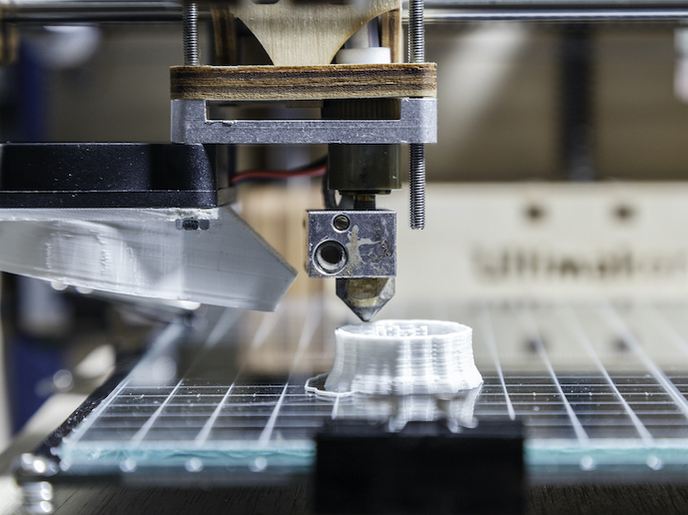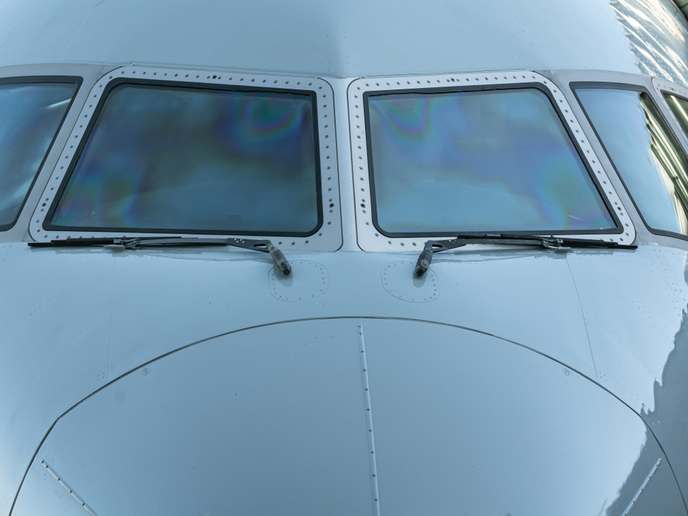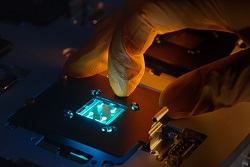High-fidelity air flow simulations
The aeronautical industry lacks confidence in the accuracy of computational fluid dynamics (CFD) close to the edges of the flight envelope. Existing algorithms are still inadequate to comply with stringent requirements related to showing maximum lift and stability. Although relatively large vortices can be accurately reproduced, calculating low-level turbulence involves modelling that is far from ideal, supplemented by costly physical testing. Between the two extremes lies a grey area where both test methodologies need to be combined. The GO4HYBRID (Grey area mitigation for hybrid RANS-LES methods) project aimed to refine such hybrid large eddy simulation (LES) and Reynolds-averaged Navier-Stokes (RANS) methods. Researchers explored different approaches to improving their predictive accuracy and user friendliness. Focus was set on improving hybrid RANS-LES methods so that they are applicable to arbitrary complex geometries, as opposed to existing techniques assuming canonical boundary layer or uniform air flow. During the three-year project lifetime the researchers achieved a breakthrough in the field of complex CFD simulations. Significant improvements to methods such as detached eddy simulations have opened the door to increased reliability of turbulent structures calculations at feasible computational cost. These have proven suitable for weakly separated flows typical in maximum lift conditions. Among the challenges addressed was lift optimisation using hybrid turbulence-resolving simulations based on a very large number of parameters. In addition, researchers developed a new strategy to optimise noise emission attenuation for airliners. By extending the capabilities of RANS-LES methods, GO4HYBRID has increased their technology-readiness level and the aeronautical industry's confidence in their predictions. Importantly, knowledge gained through the mitigation of the grey area problem will help reduce design cycles and time-to-market of innovative aircraft designs.







